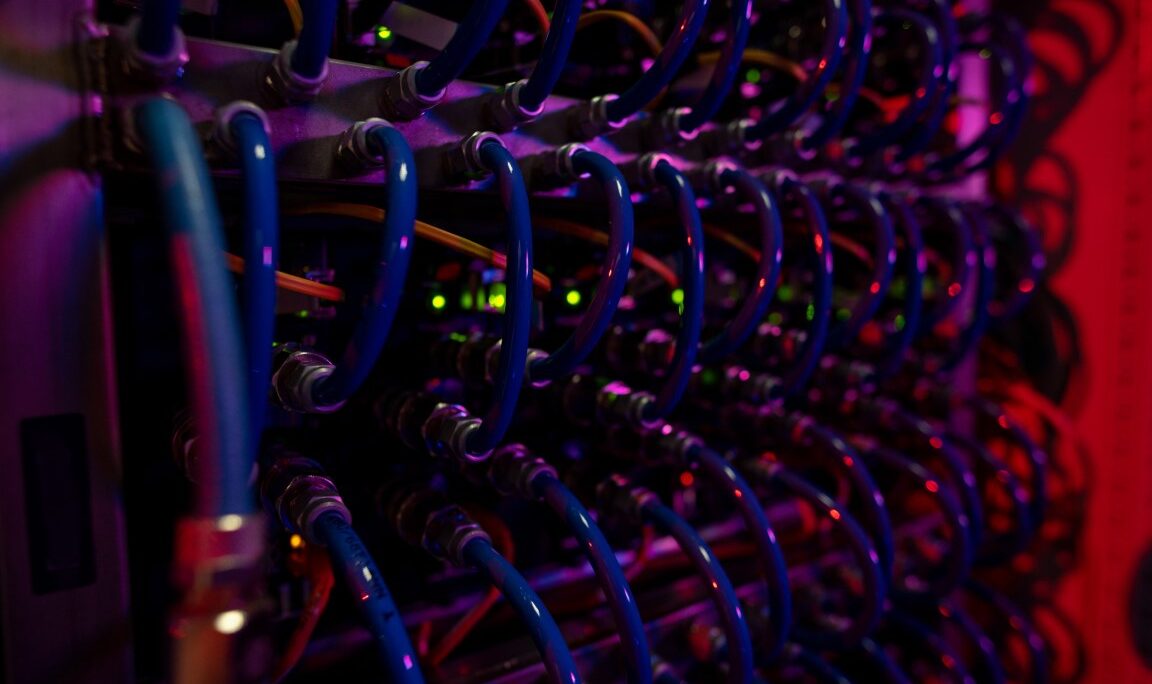Network Adapters
To communicate over a network, computers require internal hardware known as network adapters. These adapters enable connections over Local Area Networks (LAN) through both wired and wireless means. Key types of network adapters include transceivers and modems.
Transceivers: A transceiver is a combined transmitter and receiver sharing common circuitry. It transmits and receives digital or analog signals.
Modems: Modems modulate and demodulate analog signals to encode and decode digital information, facilitating data processing.
Media Converters: Media converters interconnect network devices with different operation types, speeds, and media types, such as integrating fiber optic cabling into existing copper-based systems.
MAC Address: Each network device has a unique hardware number known as a MAC (Media Access Control) address, which plays a crucial role in network communication.
IPv6: The latest Internet Protocol version, IPv6, offers a larger address space and improved features over IPv4, addressing global expansion and user experience needs.
Network Devices
To share files or resources such as printers, network devices like hubs, switches, bridges, and Wireless Access Points (WAPs) are essential.
Hubs: Hubs connect segments of a LAN by copying packets arriving at one port to all other ports.
Switches: Switches intelligently direct traffic to the intended recipient node, reducing unnecessary network congestion.
Bridges: Bridges connect nodes on different network segments, enabling inter-segment communication.
WAPs: Wireless Access Points standardize wireless device communication for internet access and interoperability.
Internetwork Devices
Understanding the distinction between a network and an internetwork is crucial. While a network connects local computers, an internetwork links individual networks through intermediate devices.
Routers: Routers direct data packets across the internet from one network to another until they reach their destination.
Firewalls: Firewalls control network traffic based on predefined security rules, offering protection against unauthorized access.
Layer 3 Switches: Layer 3 switches combine the functionality of routers and switches, with built-in IP routing intelligence, connecting devices on the same network.





